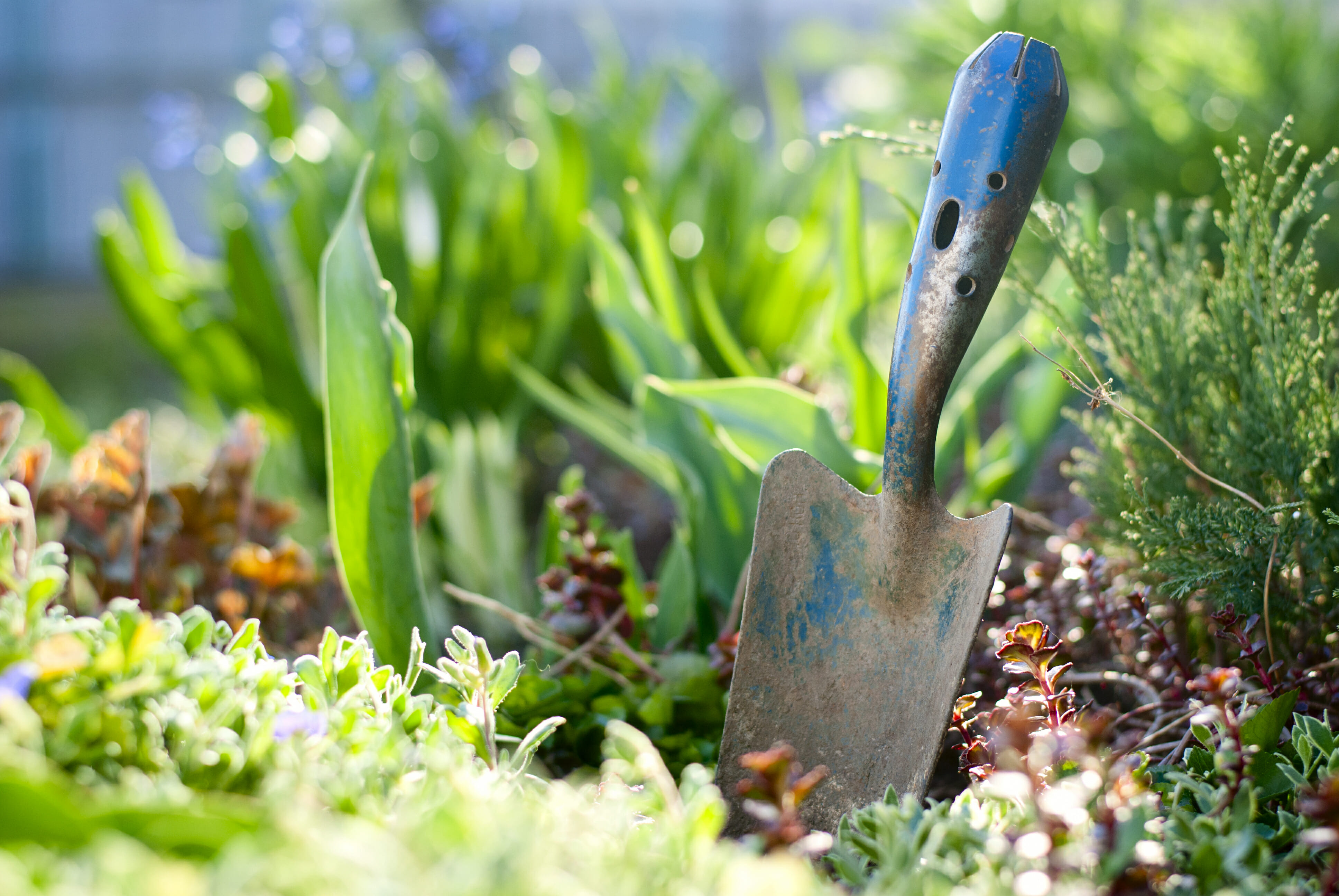pesticides
Pesticides
First, let’s talk about pesticides. Basically, the word pesticide means any substance we use on our plants to ward off, you guessed it, pests. Pests come in many forms: fiendish fungi that attack your plants roots, leaves and stems, insidious bacteria that sneak into your plants’ tissues, creepy crawlies like slugs and weevils or flying foes like fungus gnats and beetles that want to make a meal of your marigolds, or gallivanting weeds intent on stealing the spotlight from your salvia. A pesticide can be any chemical that is used to wipe out one of these guys. There are several types of pesticides, but two that come up a lot are herbicides and insecticides.
Safety
Before we dive into the differences between herbicides and insecticides, we want to say a word or two about safe usage. Pesticides can be made up of extremely toxic chemicals and substances (if it can kill a bug or plant, it can probably do a number on you or your pets, too). You should follow the directions on the packaging of any pesticide you use to the letter to avoid accidental ingestion or environmental hazards.
Plus, you may want to investigate the issue a little before you start spraying poisons all over the place. Sometimes some smart planning on your part or an alternate solution can slay those pests without even touching the insecticide. For instance, you can often win the war against weeds by applying a liberal layer of mulch to the area, or beat back fungi by pruning off infected leaves. If you’re anything like we are, you’re always looking for ways to be more environmentally friendly, so it pays to read up on your pests and try any alternate methods you can before you use a harsh chemical.
Herbicides
If you’ve tried everything you can think of and are still having problems with invasive weeds, an herbicide can really help. Herbicides come in two forms: selective or non-selective. Selective herbicides are what you use if you’re having trouble with a particular type of weed. Say you have some irksome ivy that cannot be beaten or a particularly problematic blackberry bramble (if so, we say good luck to you!). These herbicides target that one species and keep your other plants safe. Non-selective herbicides, on the other hand, basically salt the earth. They kill everything in their path. You’d use them if you were trying to keep an area totally clear from weeds—like on a patio or walkway.
Different herbicides also have distinctions when it comes to how they work to eradicate their targets. Some herbicides work through a contact method—these are your usual spray-type herbicides. You cover the offending plant in the stuff, and it gets to work. If you use a contact herbicide, you’ll want to make sure to get it all over the weed in question—unexposed areas can survive and continue spreading. Other herbicides are what we call systematic—that is, you apply the herbicide on one part of the plant (usually the leaves or roots), and the poison moves within the plant’s cells, spreading to destroy the whole weed.
There are some organic options out there for herbicides. While it depends on what you’re trying to kill, soap and water, garlic sprays, red pepper sprays, and various oils can all be used to destroy small weed outbreaks. It’s worth looking into first before you get the synthetic stuff.
Insecticides
Insecticides, on the other hand, are the chemicals that we use to destroy those bugs we talked about before. The first thing you need to understand when it comes to insecticides is formulation. It’s basically just a fancy word that describes the makeup of the insecticide: is it an emulsifiable concentrate–a liquid that you’ll need to mix with water before spraying? A flowable type, meaning that it has small bits of the active ingredient suspended in liquid? A liquid? Or is it granule–a solid mixed with clay particles? A dust? Formulation will usually be listed on the bottle or container and will let you know, among other things, how the insecticide should be spread over the plants, and what you’ll need to do to prepare it for distribution.
Insecticides can also be classified by their impact on the environment and toxicity. There are low-impact insecticides that, while not necessarily always organic, are much less harmful to humans and the environment. There are lots of different types of these, and you’ll need to research to find out which one will work for you, but we’ve had great success with soap, boric acid, and diatomaceous earth. And then there are the heavy hitters, the conventional pesticides, which have a much higher toxicity level and can be harmful to humans and pets, and might even hurt beneficial insects like ladybugs and bees. For this reason, conventional pesticides should always be used as a last resort.
Now that you’ve gotten a briefing on the basics of pesticides, herbicides, and insecticides, you’re ready to spend some time researching your specific problem—and the best treatment for it. Good luck and happy gardening!

Comments
Post a Comment